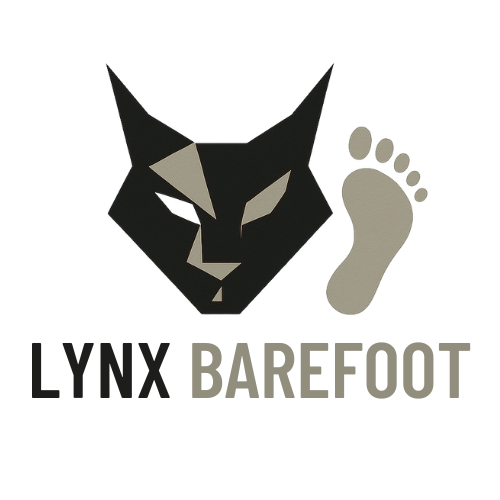The best exercises to strengthen your feet before wearing barefoot shoes.
Share

Preparing your feet before starting to use barefoot shoes is essential to avoid discomfort and injuries . Feet that have been accustomed to the cushioning and support of conventional shoes need to be strengthened and gain flexibility to adapt to barefoot footwear. Here are some key exercises to help you prepare your feet for this transition.
Why is it important to strengthen the feet?
The feet are the foundation of our body, and their strength and flexibility are essential for good posture and efficient movement. When you go barefoot, your feet work harder than when wearing conventional footwear, as they don't have external support. This strengthens muscles and improves mobility, but it can also be challenging at first.
Muscle strengthening: The muscles in the feet and legs need to be strong enough to support the body's weight without the additional support of conventional footwear. Strengthening these muscles helps prevent injuries and improve stability.
Improved flexibility: Flexibility is key to allowing the feet to move naturally. Exercises that increase the flexibility of the toes, arch, and ankle will prepare you for a better barefoot experience.
Recommended exercises for your feet
Incorporating these exercises into your daily routine will help strengthen and prepare your feet for barefoot use.
- Toe stretching: This exercise improves the mobility and flexibility of your toes. Sit in a chair and use your hands to stretch each toe up and down. Perform this stretch for 1-2 minutes per foot. You can also try lifting small objects, such as a towel or a marble, using only your toes.
- Rolling a ball under the arch of the foot: Place a small ball, such as a tennis ball, under the arch of your foot. Roll the ball back and forth, applying slight pressure. This exercise helps strengthen the plantar arch and improves blood circulation in the feet. Perform it for 2-3 minutes per foot.
- Heel and toe raises: Stand with your feet shoulder-width apart. Slowly raise yourself onto the balls of your feet and then lower your heels to the ground. This exercise strengthens the muscles of the sole of the foot and ankles. Perform 3 sets of 15 repetitions.
- Barefoot walking: Spend a few minutes each day walking barefoot at home, preferably on smooth surfaces like carpets or grass. This helps your feet get used to the feeling of walking without the support of a shoe and improves balance.
- Plantar fascia stretch: Sit with your legs extended and use a towel to wrap around the sole of your foot. Gently pull the towel towards you while keeping your knee extended. This stretch helps prevent plantar fasciitis and improves the flexibility of the arch of the foot. Hold the position for 30 seconds and repeat 3 times for each foot.
Tips for a safe transition
In addition to the exercises, there are some tips that can help you make a safe and effective transition to barefoot.
Start slowly: Don't rush. Begin by wearing your barefoot shoes for short periods and on soft surfaces. Gradually increase the time of use and the variety of surfaces as your feet strengthen.
Listen to your body: It's normal to feel some discomfort at first, but if you experience persistent pain, reduce the time of use and consult a specialist. Barefoot should be a comfortable and healthy experience.
Supplement with stretching exercises: In addition to strength training exercises, incorporate stretches for your feet and legs into your daily routine. This will help keep your muscles flexible and prevent injuries.
Conclusion
Preparing your feet for barefoot walking is a crucial step to enjoy all its benefits without discomfort. The strengthening and flexibility exercises we've shared are an excellent way to start. Remember that patience and consistency are key. Over time, your feet will adapt and you'll be ready to enjoy the barefoot experience to the fullest.

